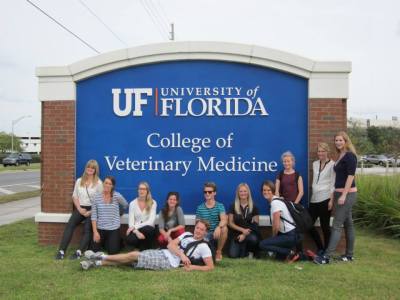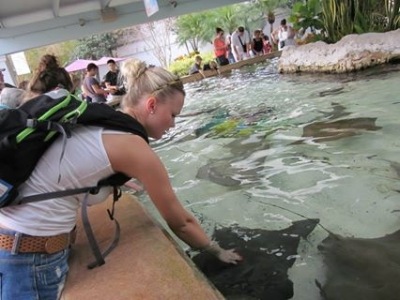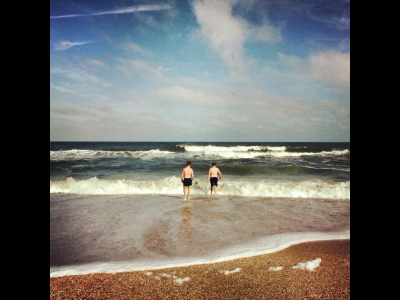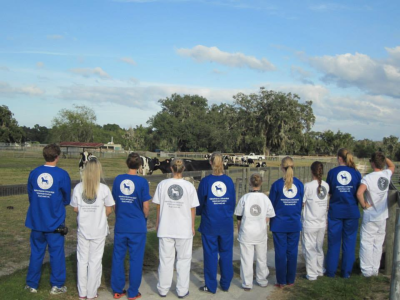Student Experiences: Elephant Nature Park
 Friday, April 7, 2023 at 12:00PM
Friday, April 7, 2023 at 12:00PM Submitted by Meghan Togher, Royal Veterinary College
Elephant abuse is a huge problem in Thailand’s tourist trade. Elephants are used for logging, trekking, elephant back riding and circus entertainment. Behind the scenes of such activities, the elephants are stolen from their mothers at a young age, brutally beaten, tamed with sharp objects and often worked to death.

I have always been passionate about putting an end to the damaging abuse of wildlife. In order to educate myself more on the plight of Asian Elephants in Thailand I travelled to Chiang Mai visit the Elephant Nature Park. The park rescues and rehabilitates elephants that have previously been used inappropriately and offers them an oasis where they can live their remaining years peacefully, naturally and unchained. I was greatly inspired by Lek, the lady who founded this incredible safe haven. Particularly, her work ethic, passion and commitment to improving the welfare of elephants that have been mistreated in Thailand.
The project I was involved in, nicknamed ‘Journey to Freedom’, entailed observation of rescued elephants in their natural habitat, feeding them an appropriate diet and consistent monitoring of their behaviour to aid research. I found it fascinating to see such large creatures up close and personal, and to be able to interact with them was breath-taking. Each elephant’s relationship with their mahouts, one person who trails them to ensure their safety, was incredible to see and I was thoroughly impressed with how the elephants lived a far more natural life, in harmony with people who treated them with respect and love.

I learned a lot that trip, not only about the behaviour of elephants in the wild, but also about how humans can contribute to the destruction of these fantastic beasts. Although it was amazing to have the elephants voluntarily come up to me, I recognise they were only that friendly as a result of their previous trauma from being ‘broken’ for tourist entertainment. This reminded me of the importance of how treating wild animals as wild, particularly during exotic vetting, is essential to the animal’s wellbeing and recovery. I was able to take away key information learned at the sanctuary to spread to my peers, such as to not ride elephants, which will hopefully lead to a decrease in the use of elephants in the tourist trade.

Although I still have a lot to learn in my future career as a zoo or exotics vet, I want to be mindful of my own interference with wild animals. I want to get involved only when necessary for the animal’s wellbeing and health and advise others to do the same. I want to discourage animal tourism, which hopefully will prevent future wild animal usage in the tourist trade. I realise that knowledge is power, and I hope to continue to educate myself and others on how best to be involved with wild animals.

















